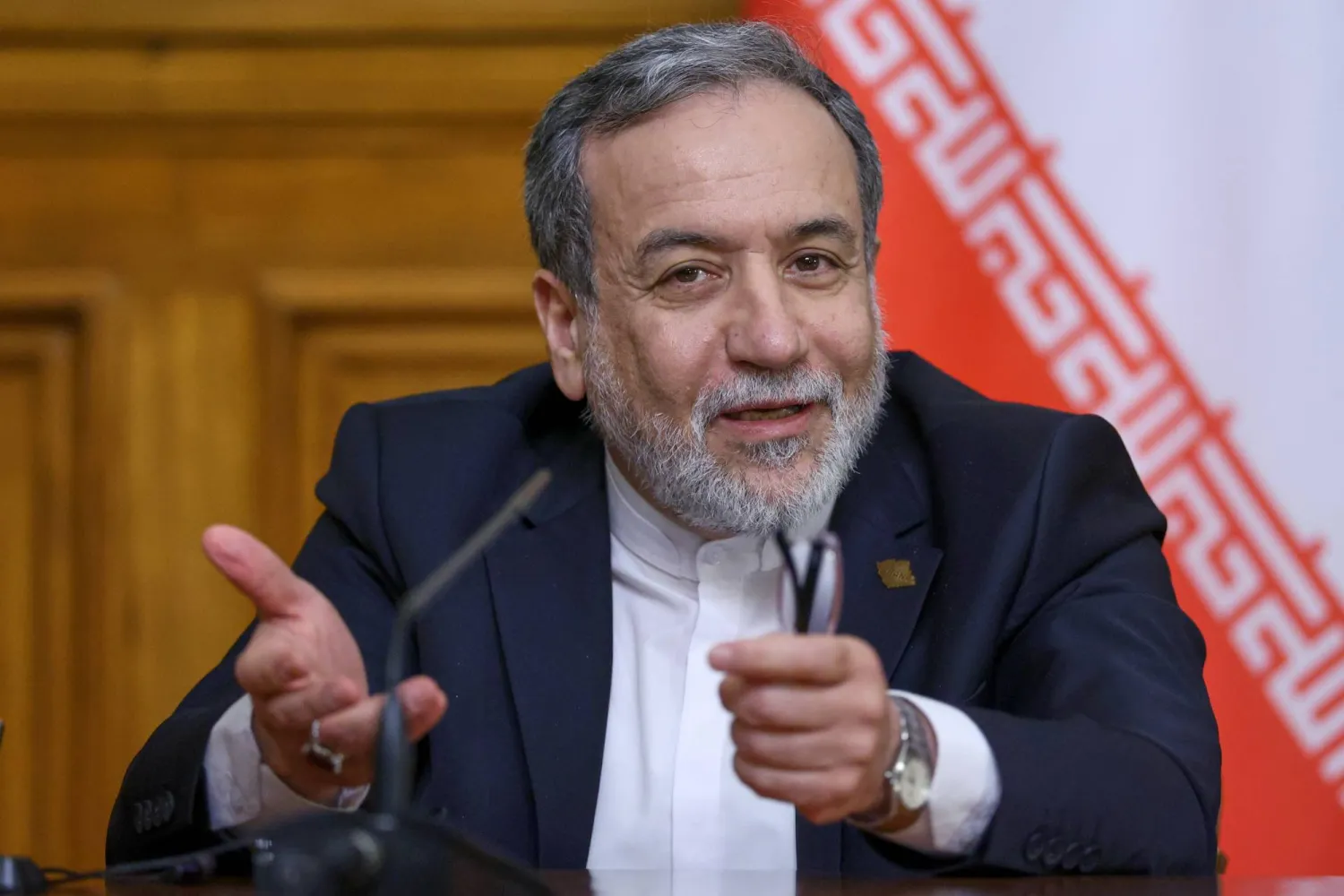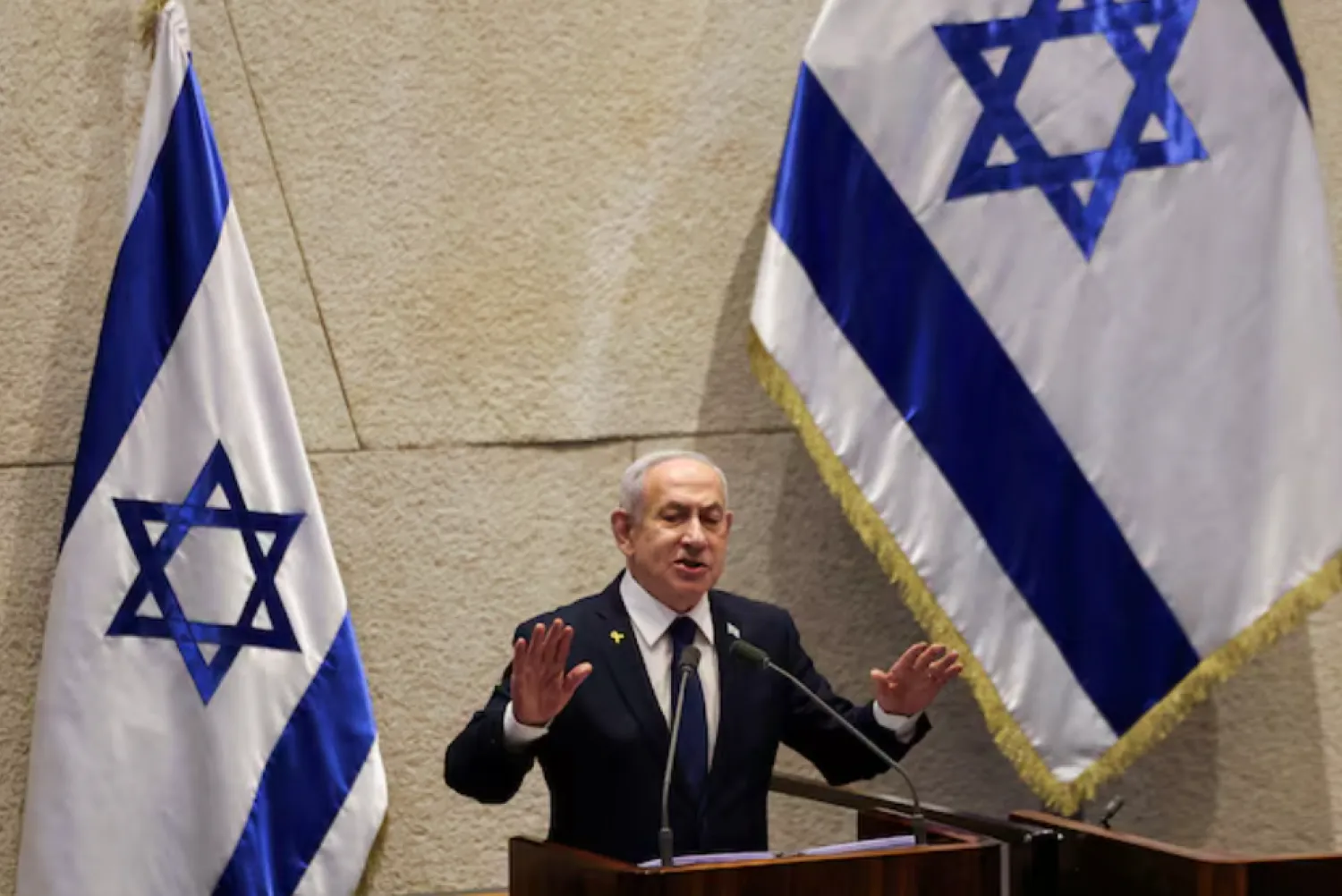North Korea said Saturday it tested a “super-large” cruise missile warhead and a new anti-aircraft missile in a western coastal area as it expands military capabilities in the face of deepening tensions with the United States and South Korea.
North Korean state media said the country’s missile administration on Friday conducted a “power test” for the warhead designed for the Hwasal-1 Ra-3 strategic cruise missile and a test-launch of the Pyoljji-1-2 anti-aircraft missile. It said the tests attained an unspecified “certain goal.”
Photos released by the North’s official Korean Central News Agency showed at least two missiles being fired off launcher trucks at a runway.
North Korea conducted a similar set of tests Feb. 2, but at the time did not specify the names of the cruise missile or the anti-aircraft missile, indicating it was possibly seeing technological progress after testing the same system over weeks.
KCNA insisted Friday’s tests were part of the North’s regular military development activities and had nothing to do with the “surrounding situation.”
Tensions on the Korean Peninsula are at their highest in years, with North Korean leader Kim Jong Un dialing up his weapons demonstrations, which have included more powerful missiles aimed at the US mainland and US targets in the Pacific.
The United States, South Korea and Japan have responded by expanding their combined military training and sharpening their deterrence strategies built around strategic US assets.
Cruise missiles are among a growing collection of North Korean weapons designed to overwhelm regional missile defenses. They supplement the North’s vast lineup of ballistic missiles, including intercontinental ballistic missiles aimed at the continental United States.
Analysts say anti-aircraft missile technology is an area where North Korea could benefit from its deepening military cooperation with Russia, as the two countries align in the face of their separate, intensifying confrontations with the US. The United States and South Korea have accused North Korea of providing artillery shells and other equipment to Russia to help extend its warfighting in Ukraine.









